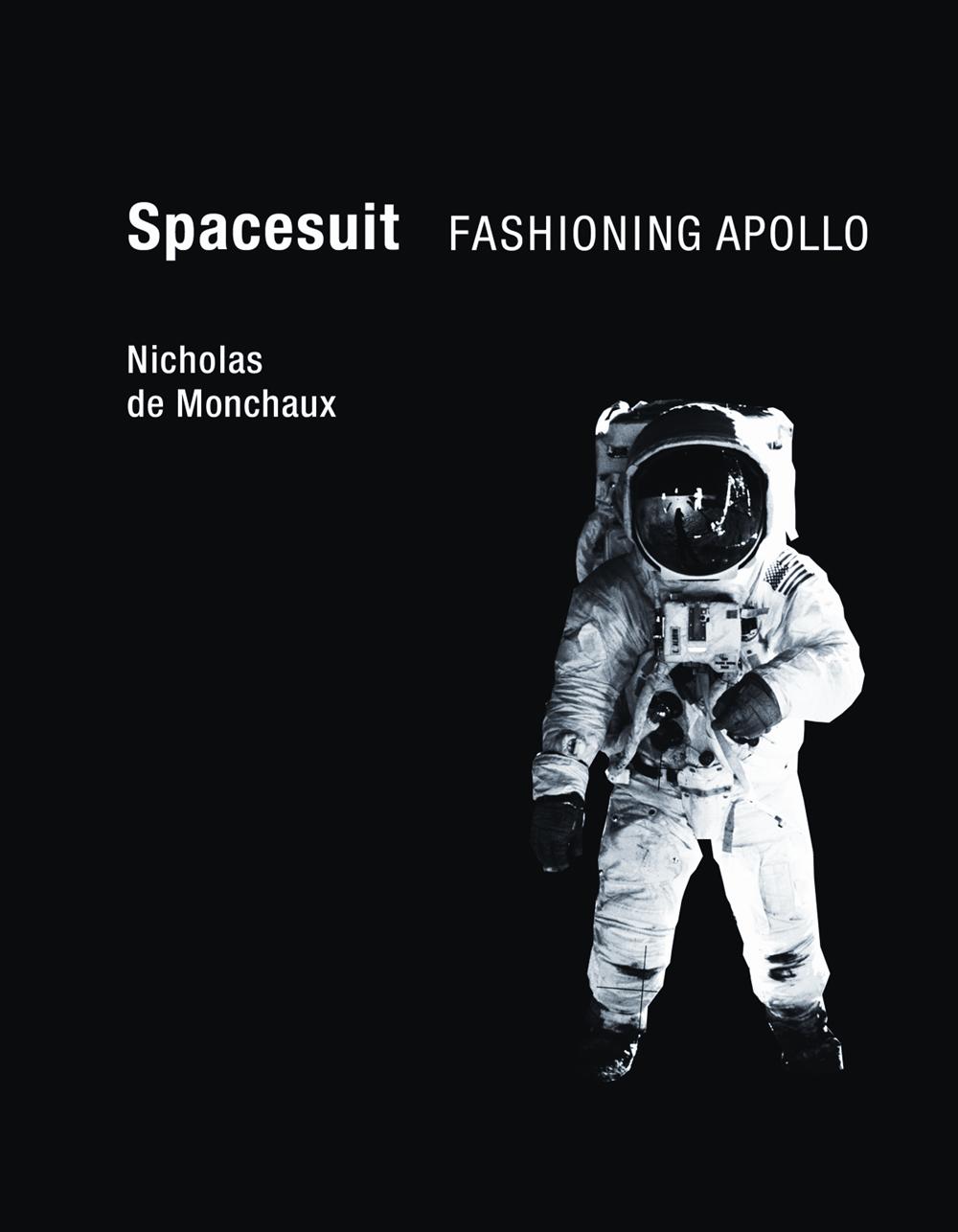Spacesuit: Fashioning Apollo
Nicholas de Monchaux, 2011

This book explores the history behind the space suit used for the Apollo missions and how an unconventional (for space exploration) company that manufactured girdles and bras went toe-to-toe with the top engineering and technology firms of the era for the contract to make the Apollo spacesuit - and won.
Early spacesuits were clunky and hard to move in, not very maneuverable. For extended missions of 10 hours or even a few days (such as the Moon missions), the suits were very uncomfortable to be in. Sweat with nowhere to evaporate would collect in the suit and upon subsequent extraction the astronaut would look like he'd been submerged underwater for an extended period. Diaphanous hands were a significant mission risk. The A7L that Playtex designed had 21 layers, with a significant focus on comfort of the wearer and of of redundancy. It was very adaptable and was built to be light, tactile, and maneuverable, unlike many of the competitor's futuristic looking metal spacesuits - and was a triumph of usability design over looks, of practicality over glamour.
The book starts with the early history of space travel, starting with the first balloon flights, and how people first dealt with high altitude flights which require pressurized suits to prevent death. The book then explores the history of spacesuits including the A7L Apollo suit, and several of the subsequent hard suits that were an improvement but were ultimately never used. The book also sheds some light on the political and social climate of the era of the moon missions - exploring how the cold war shaped the space program - most space rockets were simply repurposed ICBMs with the nuclear warhead replaced with a space capsule, after all.
It also explores how the very practical and results-oriented culture of Playtex - staffed with rank upon rank of seamstresses, and designers - integrated with the heavy bureaucratic and engineering-oriented culture at NASA. The book loosely touches upon several aspects of systems engineering, of fashion, design, redundancy, and the cold war and the military-industrial complex.
The book is very culture oriented, and is not technical at all. It comes with excellent illustrations and photographs, and is a long but light and fun read.